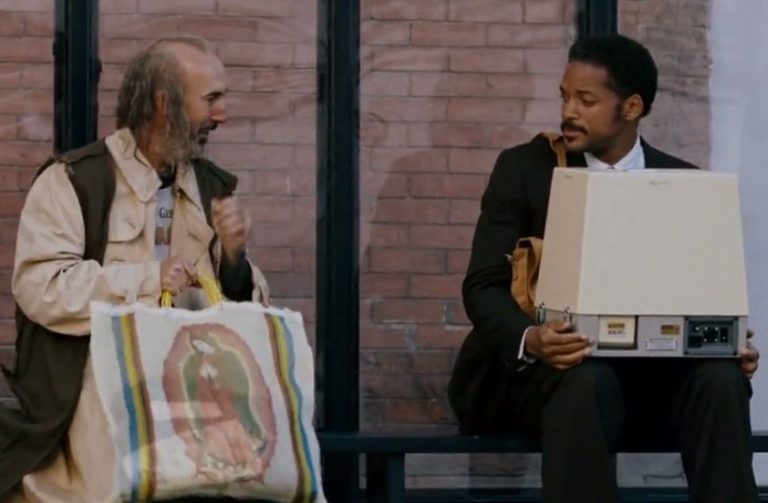
How Much Are Your Customers Willing To Pay?
- Business Basics, Business Workshop, Entrepreneurship
- Entrepreneur, Entrepreneurship, Start Ups, Workshop
- June 25, 2020
When it comes to putting a price on your offering, some of the challenges you’ll face may involve [a] Not wanting to be so expensive that you alienate customers, or [b] Not wanting to be so cheap that you play yourself (that’s the simplest way to put it).
Other than these two major considerations, there are many other headaches entrepreneurs encounter when trying to put the right price on their products.
The good news is that there are many methods, tools and professionals that can help you get to the point where you are 100% sure about your price (that “take it or leave it” level).
We joined Brian Simelane and The Hive entrepreneurs in a virtual workshop that focused on Costing and Pricing.

A Price With Two Parts
To split it into 2 parts, finding the right price involves a technical aspect (the graphs, calculations and accounting stuff) and a human aspect (customers, competitors, marketing etc.).
The technical part (costing) involves dissecting your business’ costs, calculating how to break-even and picking your pricing strategies –we covered that in this Twitter thread.
The second and more interesting, human part involves looking into customers’ lives and trying to decipher how much they are willing to pay for your offering. Entrepreneurs can then take these values and judge them against their own willingness to accept (WPA), which is the price that they are willing to let the product go for.
First of all, do customers want to pay?
In economics, willingness to pay (WTP) is the highest amount a potential customer is willing to pay for your product. Take a look at this handbook made by blackcurve.com with some of the factors that influence customers’ willingness to pay.

Since you read the thread, you already have an idea of the main costs you’ll need to cover in order to break-even. Brian emphasized these points because the technical stuff is usually harder to grasp unless you’re studying it, or particularly interested in graphs & figures (wena na…).
What our thread didn’t cover, was what you do once you have that minimum cost. To answer that question simply, I’ll quote Mr. Simelane directly:
Whenever you ask about pricing, the answer will always be ‘It depends’… – Brian Simelane
For a more complex answer, here are 4 things we can always look at:

1. What sets you apart?
Once you know the costs you have to cover, you can start comparing this price to competitors. If it is way higher, there can either be somewhere you are overspending in your production or you could be looking at a premium offering. If your price is too low, it’s either you’ve cracked a bargain, or may have to consider extra quality checks in your production process.
That last sentence touches on an interesting point on how customers think. As people, we generally assume that the most expensive item has the best quality. Even if we are aware of this bias, it is always influencing us. Sometimes it is defined by how much money we have at our disposal or how much we know about what we were buying.
E.g. Imagine a family member (you cared about) was sick and you had just won the lottery. You would probably get them the most expensive medical care, especially if you were looking at a list of specialists.
As a business, you can use this bias to your advantage. Think about your price in comparison to your competitors’. Are you a low cost or premium offering? What makes your product more/ less expensive than competitors?
2. What if no one compares?
Even when we are in a scarce or new market, it is still possible to figure out how much customers would spend on our products. Since every product exists to solve a specific problem, we can start by finding out how much our potential customers are currently paying to solve this problem. If nobody is currently paying to solve a problem, you’ve either struck gold or your business may be in big trouble.

Without competitors to compare, we can look at factors like how much buying power our customers have. As with the example above, selling to a lottery winner is completely different to selling to some students. Businesses that work with clients are likely to charge large brands or corporations more than they would charge a startup.
In a similar manner, most businesses are constantly gathering research about how much their customers are willing to spend, even when they don’t realise it. A neat example of this is those shops that ask customers, “What’s your budget?” or “DM For Price…” In a way, they are trying to work with the customers to tailor a price for them, as well as figure out how to price similar transactions in future.
3. Find the Right Customers
In our business modelling article, we touched on how going for the wrong customer segment can affect your prices later. It is crucial to target the right customers.
Not all customers can afford everything, but also, just because an offering struggles in your hometown doesn’t mean it can’t be a hit somewhere else. As new entrepreneurs, it is natural to target the people around us. As business grows, it is likely that we’ll have to shift our focus towards a more suitable circle of customers.
E.g. Selling a R3000 handbag in your hood may be completely different to selling from a store in Sandton City.
4. Strategic Approaches to pricing
There are many strategies entrepreneurs can use to test how customers feel about certain prices. As much as everyone hates it, getting good feedback is still one of the best ways to go about this.
Businesses may run tests, surveys or simply observe the changing behaviours of customers. It is also important to note that a business doesn’t necessarily have one offering or customer segment. A single business can have a free, premium, subscription and mid-level offering.

And that’s as much of it we can remember. We also put together some things that stuck with us after the session:
- Always let customers know what they are paying for
- Companies like Spotify have mastered the art of making millennials pay
- Creatives generally suck at pricing
- How can running a buffet possibly be cheaper than having set prices?
Follow us on our Twitter page @hivejoburg to tell us what you think or ask us some questions.
Written by: Lungelo Hlela (I am Multeemedia) // Images taken by: @dayphotolife
– – – – –
Lungelo Hlela is a Digital Copywriter based in Johannesburg, South Africa. When he’s not writing for brands, most of his work includes themes about social issues, history and popular culture. Follow him @lungelosam for more of his existentialist ramblings and romantic ideals.






